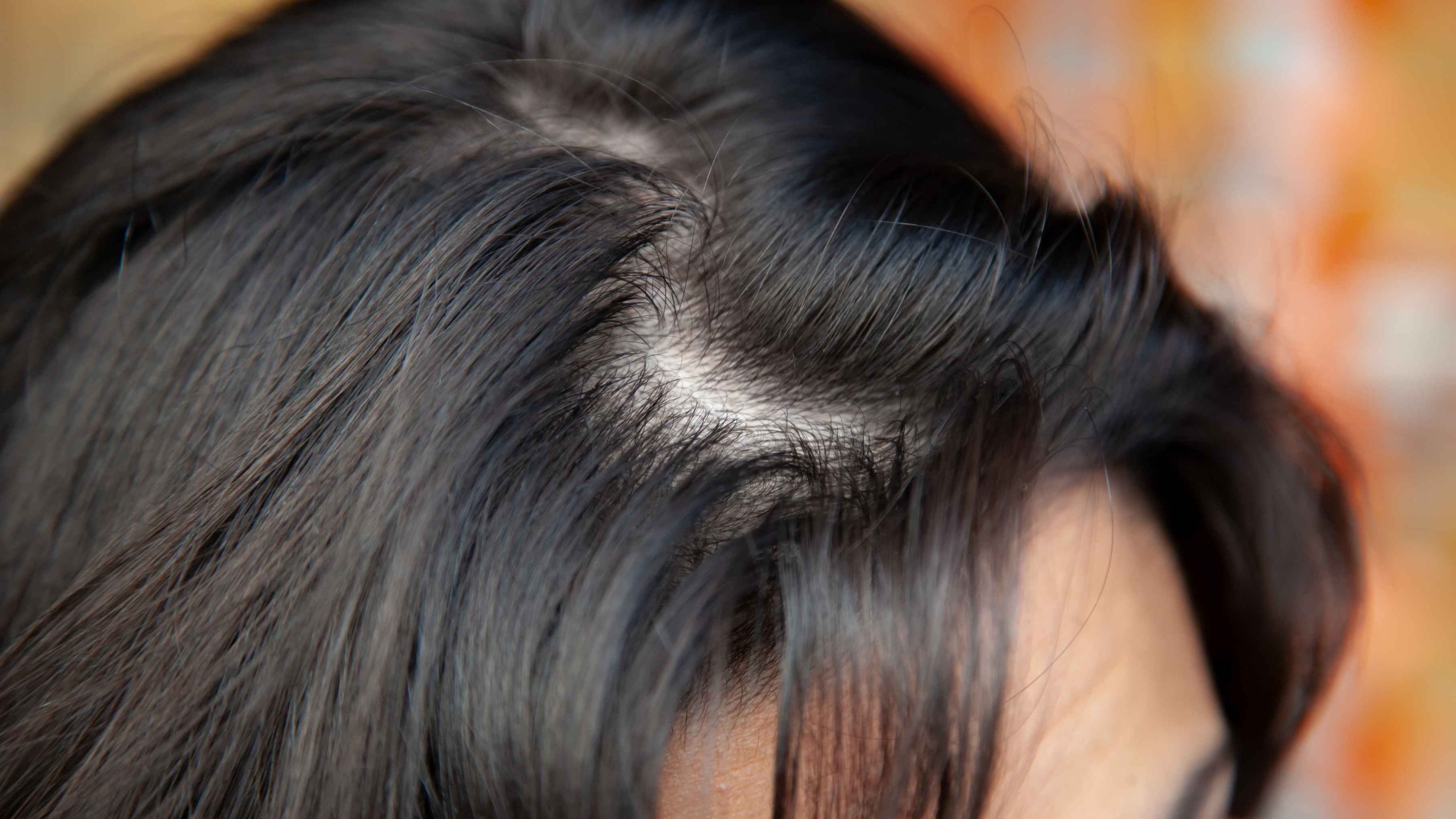- 01 Greasy Hair vs. Oily Scalp — What’s the Difference?
- 02 Causes of Greasy Hair
- 03 Hair Type Factors that Cause Greasy Hair
- 04 Common Mistakes That Make Hair Greasier
- 05 How to Manage Greasy Hair
- 06 DIY & Natural Remedies
- 07 Greasy Hair After One Day - Quick Reset Routine
- 08 How to Prevent Greasy Hair
- 09 When to See a Dermatologist
- 10 Final Thoughts
- 11 FAQs
Greasy hair is a common and often frustrating issue. This article will break down the science behind the problem, exploring the key causes of greasy hair, offering practical daily management strategies, and outlining long-term prevention tips to help you achieve balanced, healthy-looking locks.
01Greasy Hair vs. Oily Scalp — What’s the Difference?

While the terms are often used interchangeably, it's helpful to distinguish between an oily scalp and greasy hair. Your scalp contains sebaceous glands that produce sebum, a natural oil that keeps your skin and hair moisturised. An oily scalp means these glands are overproducing sebum. Greasy hair is the visible result when that excess oil travels down the hair shaft, making the strands look slick, heavy, and dull. Essentially, an oily scalp is the root cause, and greasy hair is the symptom.
02Causes of Greasy Hair

Understanding the greasy hair meaning starts with identifying the underlying causes of sebum overproduction.
- Genetics: The size and activity of your sebaceous glands are largely determined by your DNA. If your parents have oily skin or hair, you are more likely to as well.
- Hormonal Fluctuations: Androgens (male hormones present in both men and women) regulate sebum production. Puberty, menstruation, pregnancy, and stress can all cause hormonal spikes, leading to an oily scalp.
- Over-Washing: Paradoxically, washing your hair too frequently can strip the scalp of its natural oils, prompting the sebaceous glands to produce even more sebum to compensate.
- Improper Product Use: Applying heavy conditioners or hydrating products directly to the scalp can weigh down the roots and contribute to a greasy appearance.
- Climate & Environment: High humidity or a very hot climate can increase sweating and sebum production. Air pollution can also cling to the oil on your hair, making it look dirtier faster.
- Diet: A diet high in processed foods, sugar, and saturated fats may, for some individuals, be linked to increased sebum production.
- Medication: Certain medications can have side effects that include changes in oil production on the scalp.
- Stress: High stress levels can increase the production of hormones like cortisol, which can in turn stimulate the sebaceous glands.
03Hair Type Factors that Cause Greasy Hair

Your hair's structure plays a significant role in how to get rid of greasy hair, as it dictates how quickly oil spreads.
- Fine/Straight Hair: The oil has a direct path down the straight, narrow shaft. Since there's less surface area, the oil travels quickly, making your hair look greasier faster.
- Thick/Coarse Hair: The sheer volume of hair can absorb more oil, often masking the greasy appearance for longer.
- Curly/Wavy Hair: The bends and curves of the hair shaft slow down the oil's journey. While the scalp might be oily, the oil spreads much slower, often leaving the ends remaining dry.
04Common Mistakes That Make Hair Greasier
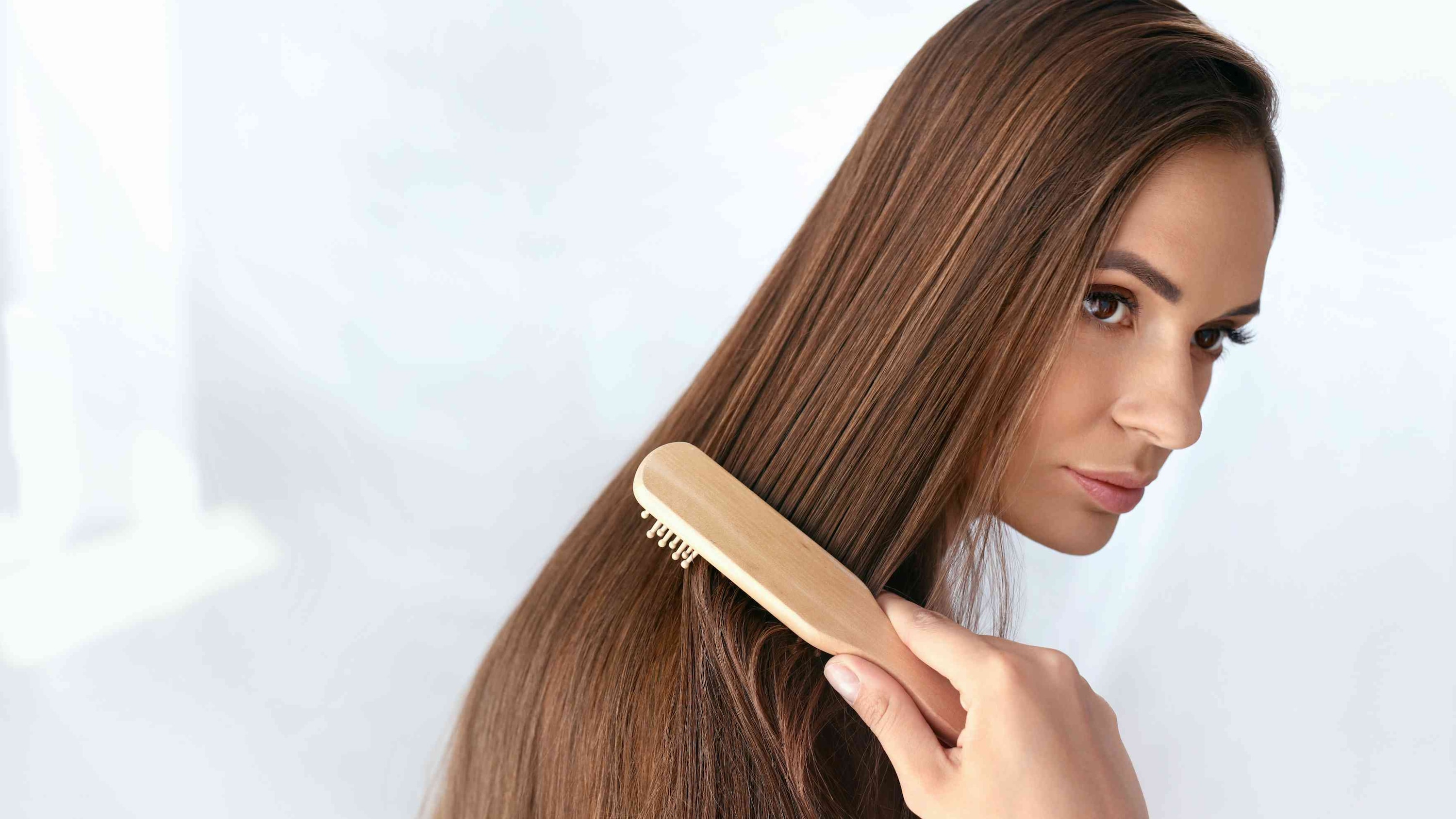
Even a dedicated routine can be sabotaged by simple habits.
- Constant Touching: Running your hands through your hair or playing with your fringe transfers dirt and oils from your fingers directly to your strands.
- Over-Brushing: Brushing too much stimulates the sebaceous glands and spreads the oil from the roots all the way down the hair shaft.
- Not Rinsing Thoroughly: Leaving shampoo or conditioner residue behind can attract dirt and make your hair appear heavy and oily quickly.
- Dirty Tools: Using unwashed hair brushes, combs, or even pillowcases transfers old sebum and product build-up back into clean hair.
- Using Too Much Product: Overloading on styling creams, serums, or heavy oils, particularly near the roots, guarantees a greasy look.
05How to Manage Greasy Hair
For those asking, "why does my hair get greasy after one day," here are the practical tips for day-to-day control.
- Wash Less Frequently:
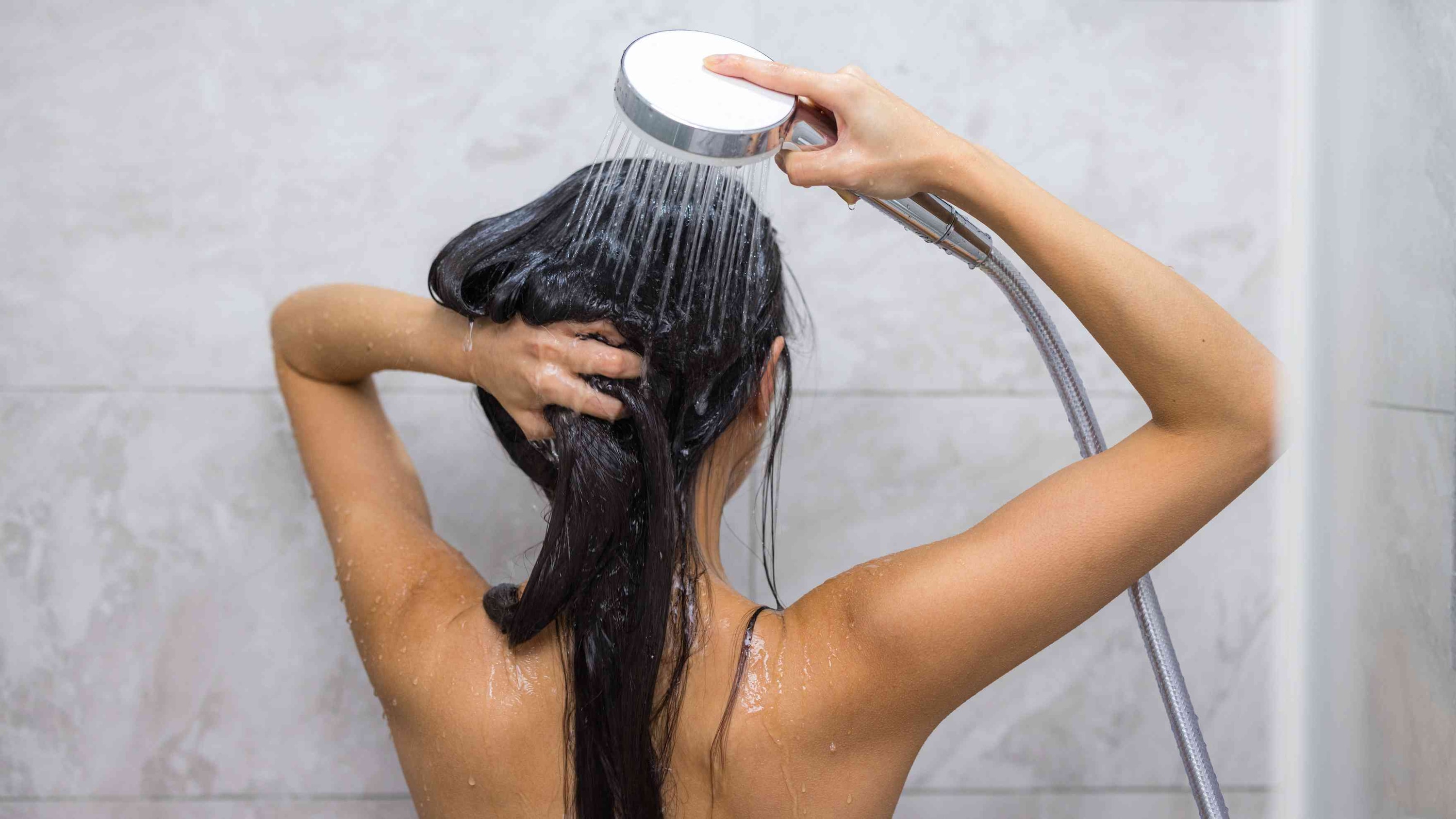
Aim to wash your hair every two to three days. Your scalp needs time to adjust, but this helps 're-train' your sebaceous glands.
- Focus Shampoo on the Scalp:

Gently massage a clarifying or balancing shampoo, like LBP Curry Leaves, Biotin & Mandarin Shampoo, directly into the roots. This effectively cleanses the oily scalp without over-stripping the ends.
- Condition the Ends Only:

Never apply conditioner to your scalp or roots. Instead, use a lightweight, nourishing product like LBP Natural Argan Oil & Lavender Anti-Frizz Conditioner only from the mid-lengths to the tips.
- Master the Dry Shampoo:
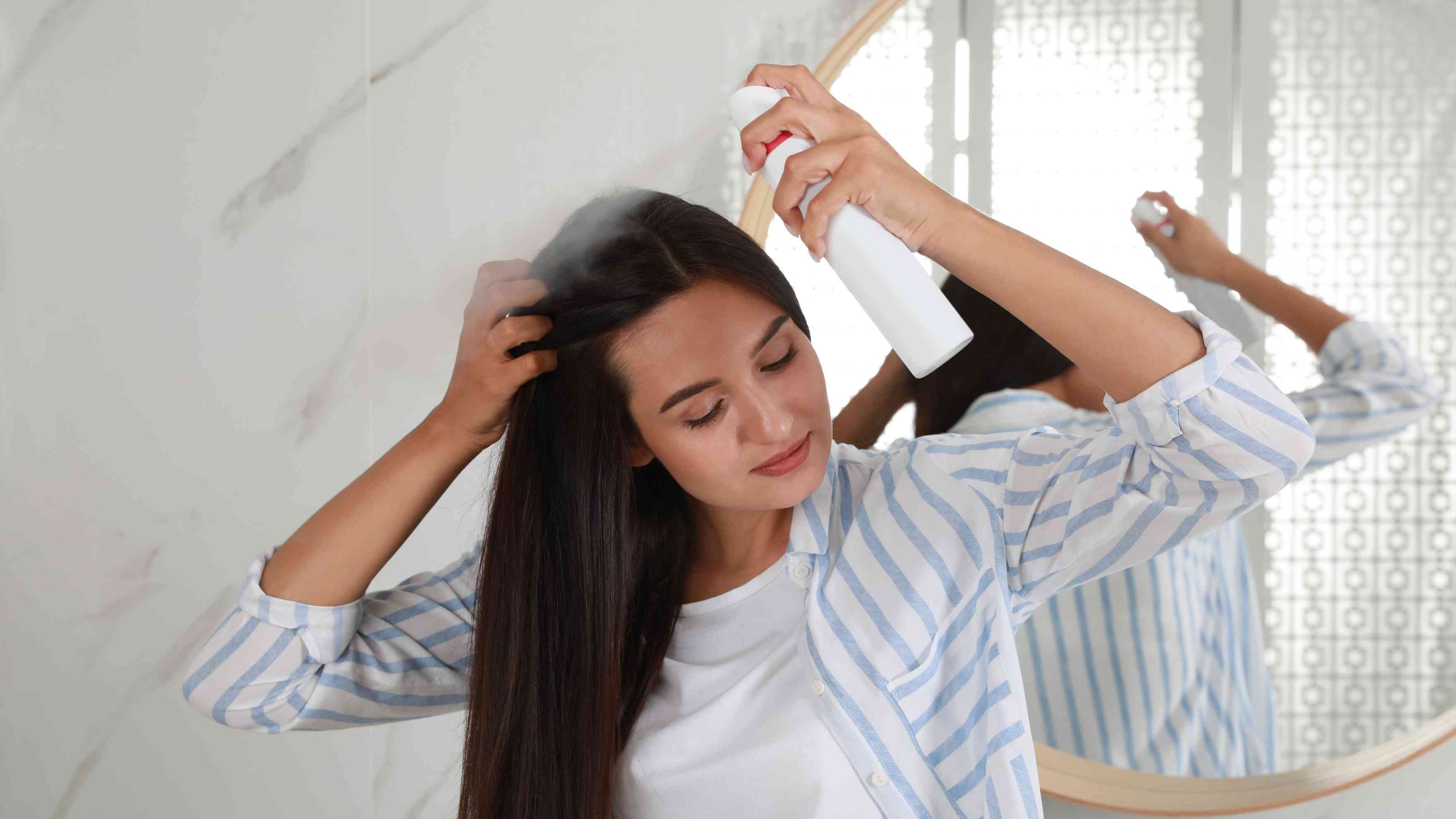
Dry shampoo is your best friend. Use it proactively on clean hair or lightly on Day 2 to absorb oil before it becomes noticeable.
- Cool Water Rinsing:
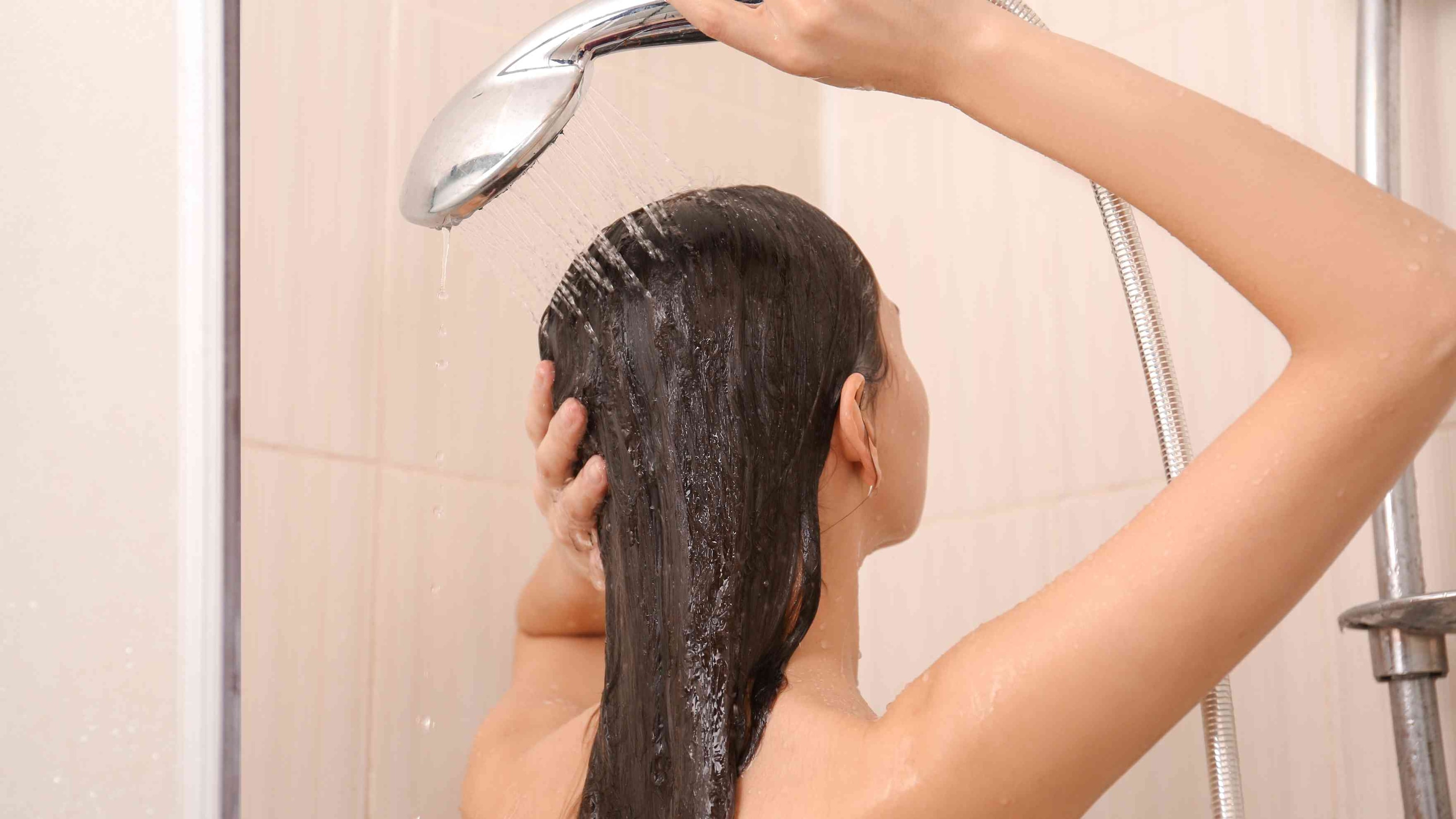
Finish your wash with a cool water rinse. This helps to close the hair cuticles, which makes the hair shinier and less porous, slowing down oil build-up.
- Use Low Heat Styling:
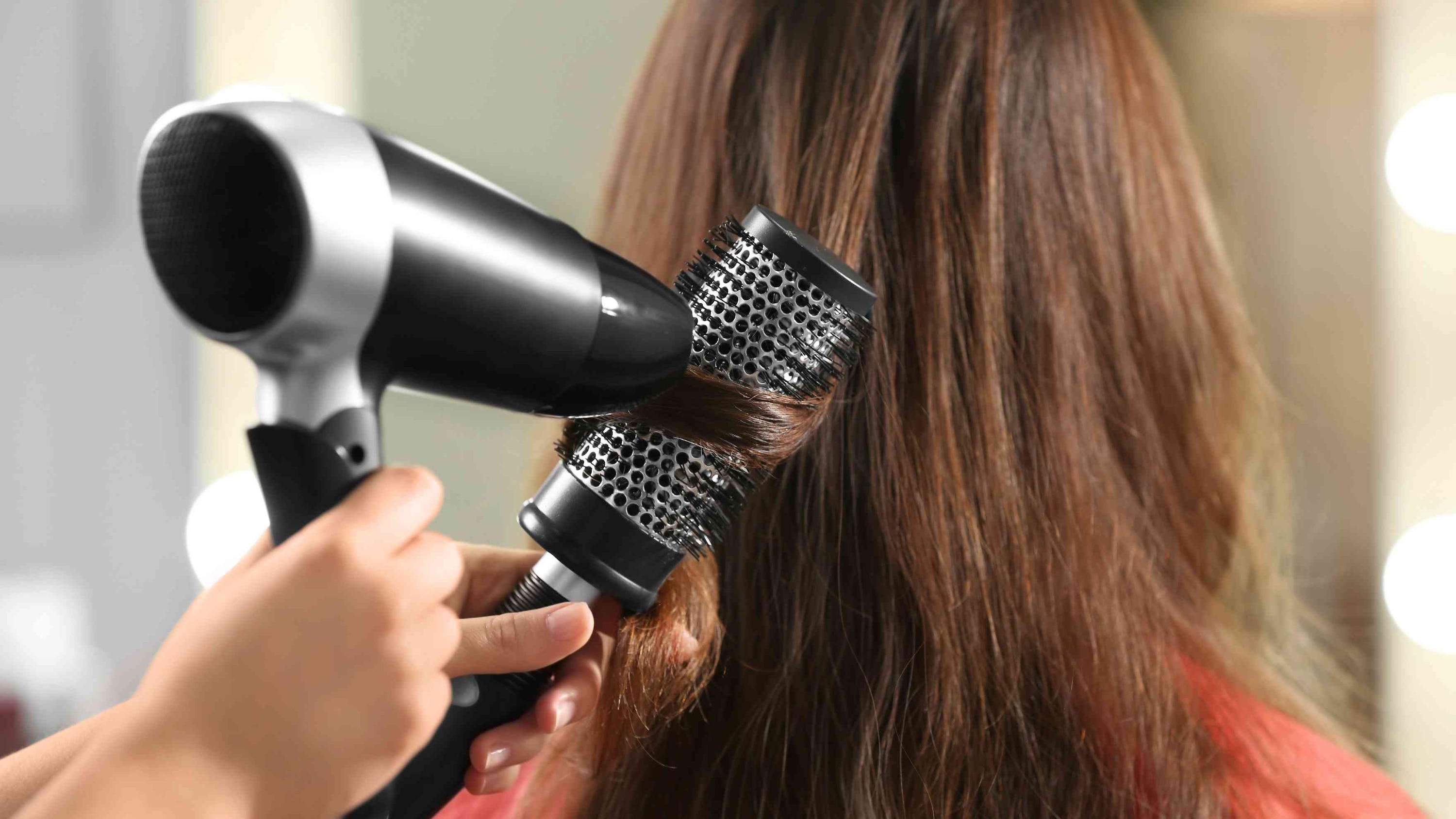
High heat can stimulate oil production. Opt for air-drying or use a low-heat setting on your hairdryer.
06DIY & Natural Remedies
Natural ingredients can help absorb excess oil and soothe the scalp.
- Apple Cider Vinegar Rinse:
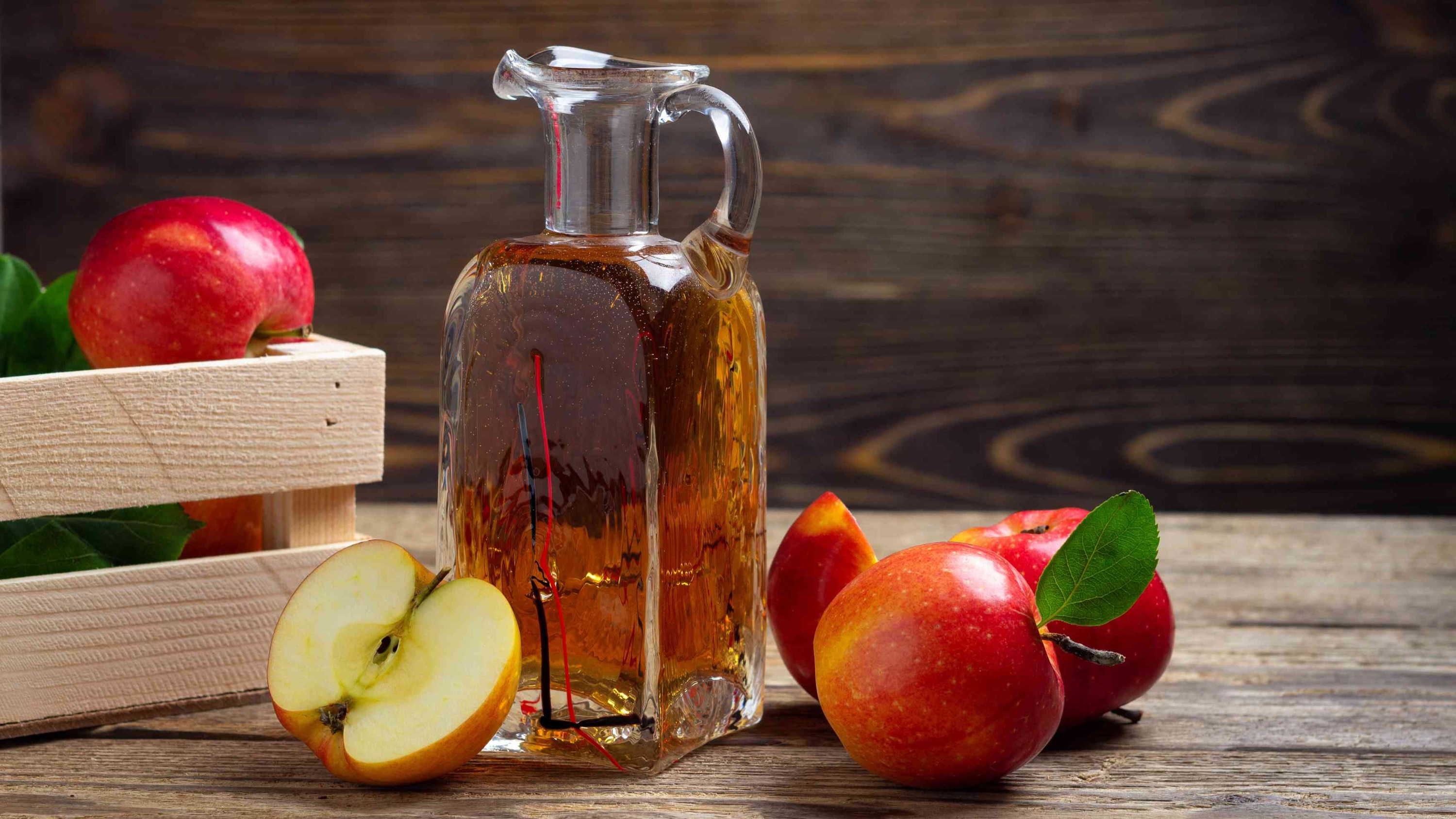
Mix one part ACV with four parts water. Use as a final rinse after shampooing to balance the scalp's pH and dissolve residue.
- Green Tea:

Apply cooled, strong-brewed green tea to your scalp. Its antioxidants can help regulate sebum production.
- Aloe Vera:

Apply a small amount of pure aloe vera gel to the scalp 15 minutes before washing. A good aloe vera hair mask like this one, can help calm irritation and cleanse without over-drying.
- Baking Soda Paste:

Here's how you can use baking soda for dandruff. Mix a teaspoon of baking soda with a tablespoon of water to create a paste. Use this as a gentle pre-shampoo exfoliant once a week to remove build-up.
07Greasy Hair After One Day - Quick Reset Routine
When you're short on time and need an emergency fix for hair that looks greasy after one day, follow this simple step-by-step:
- Spot Wash the Roots: Tie your hair into a ponytail or half-up style. Wet only the roots around your hairline (fringe and temples).
- Lather and Rinse: Apply a small amount of clarifying shampoo to the wet roots, lather, and rinse thoroughly. This removes the most visible oil.
- Blast Dry the Roots: Towel-dry the small wet sections and then quickly blast them with a hairdryer on a cool setting.
- Dry Shampoo & Volumise: Apply dry shampoo to the rest of your oily roots. Use a round brush or your fingers to add lift, camouflaging any remaining greasiness.
- Distract with Styling: Style your hair in an up-do, such as a top knot, a sleek ponytail, or a braided crown. These styles work well with slightly oily hair and hide the roots.
08How to Prevent Greasy Hair
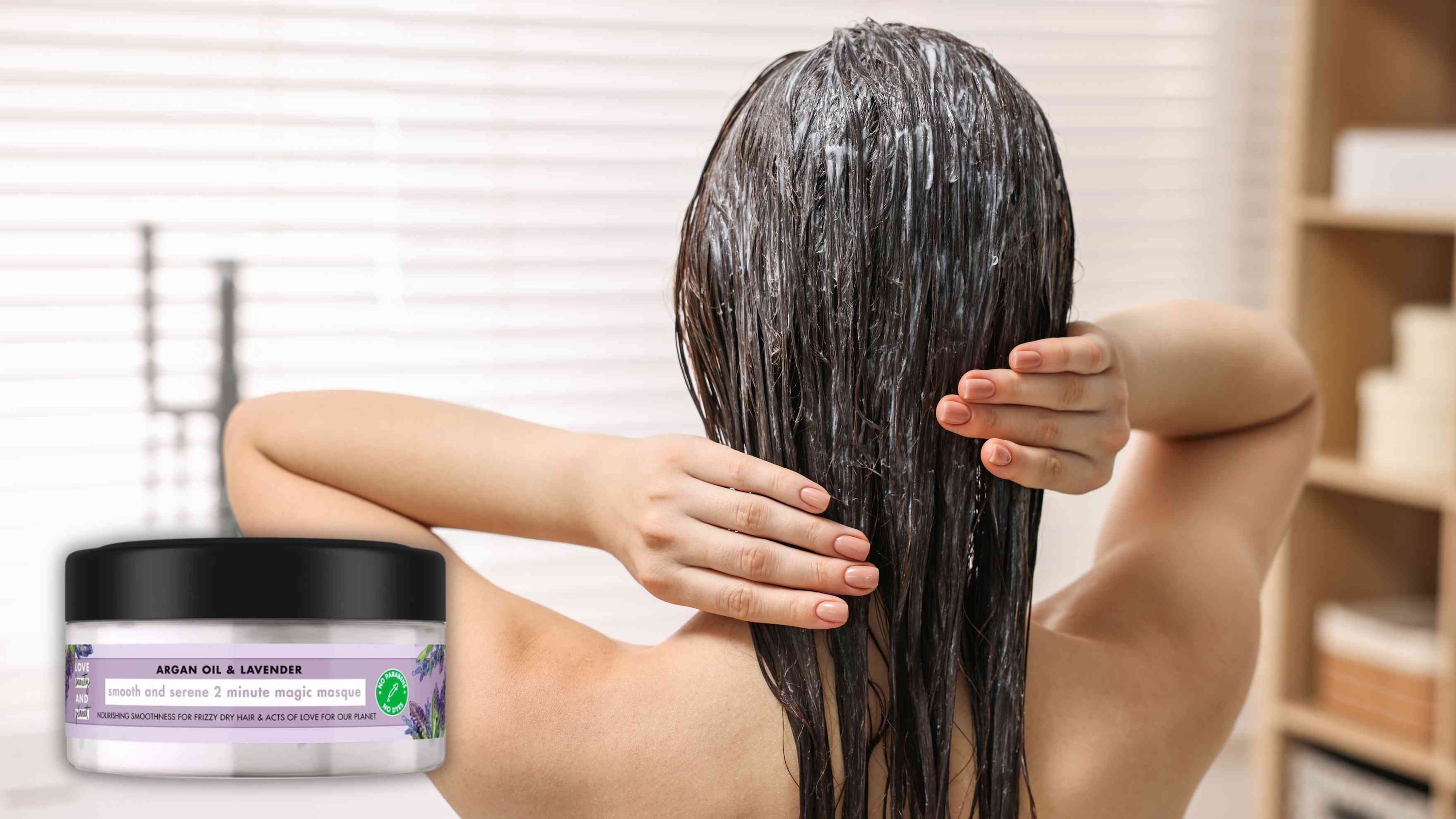
True how to prevent greasy hair success comes from long-term routine changes.
- Change Your Shampooing Frequency Gradually: If you wash daily, switch to every other day for a few weeks, then every third day. Consistency is key to rebalancing your scalp.
- Incorporate Scalp Exfoliation: Once a week, use a scalp scrub or a scalp massager to gently remove dead skin cells and product build-up that can clog follicles and trap oil.
- Deep Conditioning Wisely: If your ends are dry but your scalp is oily, use a nourishing treatment like LBP Argan Oil & Lavender Hair Mask only on the very ends of your hair, away from the roots, and rinse it out completely.
- Clean Your Hair Tools: Wash all brushes and combs weekly with a mild shampoo to prevent the transfer of old oil and grime.
- Watch Your Bedding: Change your pillowcase every few days. Clean cotton is far less likely to transfer oil back into your hair while you sleep.
- Avoid Over-Conditioning Products: Steer clear of thick, silicone-heavy styling products. Opt for lighter formulas, especially for volumising or texturising.
- Hands Off Policy: Implement a 'hands-off' rule for your hair during the day to minimise the oil transfer.
09When to See a Dermatologist
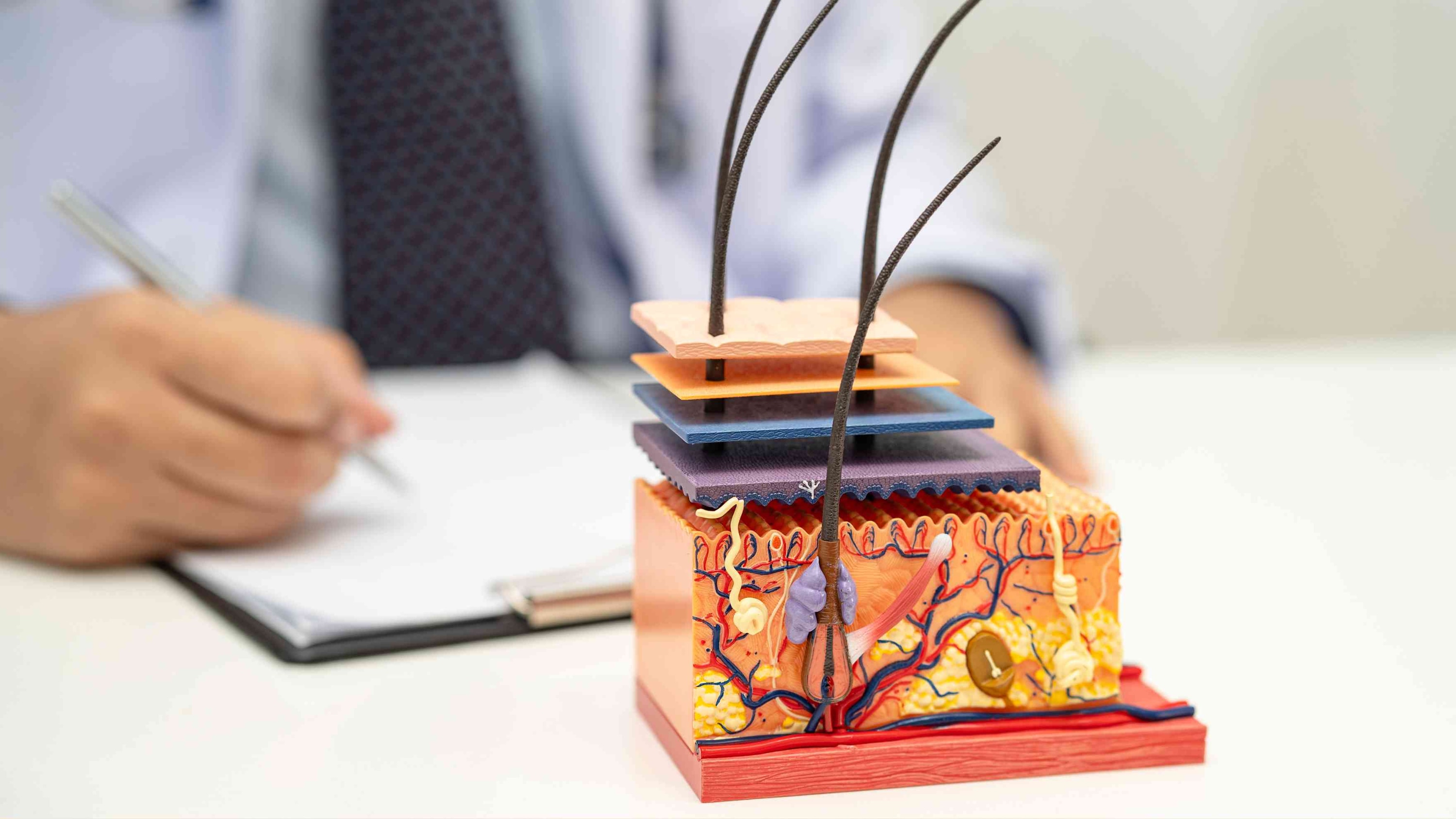
While the tips above will solve the problem for most, if your oily scalp is accompanied by severe itching, redness, inflammation, or constant flaking that doesn't improve with over-the-counter anti-dandruff or clarifying shampoos, you should see a dermatologist. These symptoms could indicate an underlying condition like seborrheic dermatitis (a severe form of dandruff), which requires medical diagnosis and prescription treatment.
10Final Thoughts
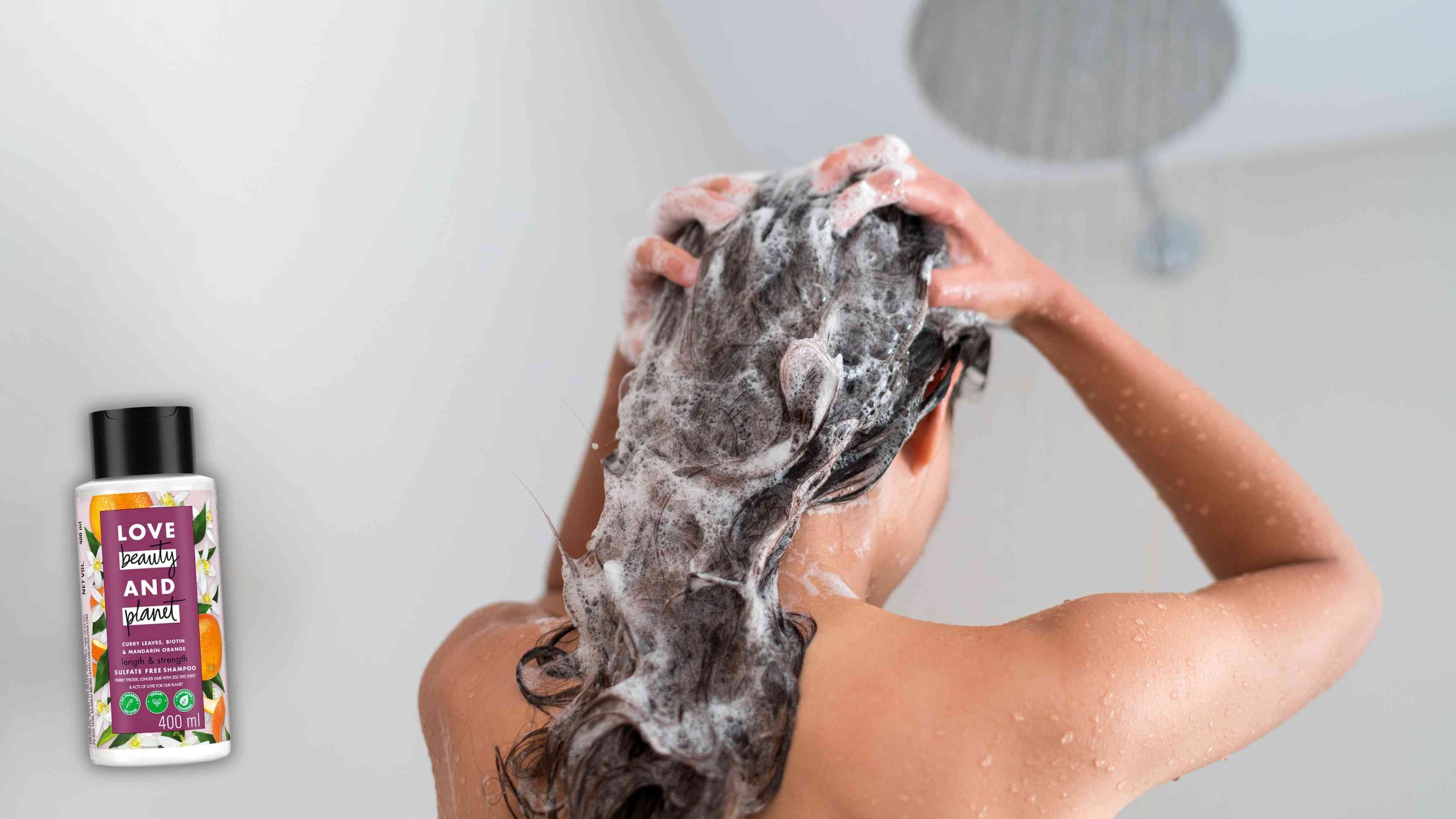
Managing greasy hair is a journey, not a quick fix. By understanding the underlying causes and committing to consistent routine adjustments—such as using targeted products like the LBP Curry Leaves, Biotin & Mandarin Shampoo and avoiding common mistakes—you can regulate sebum production and keep your hair feeling fresh, clean, and voluminous for longer.
11FAQs
Q: Does greasy hair cause hair loss?
A: No, having greasy hair doesn't directly cause permanent hair loss. However, a constantly oily and irritated scalp (seborrheic dermatitis) can sometimes lead to temporary hair thinning due to inflammation.
Q: Should I brush greasy hair?
A: Only brush to style and detangle. Excessive brushing will spread the oil and make it look greasier.
Q: Is dry shampoo bad for my scalp?
A: Dry shampoo is safe for regular use, but make sure to wash it out regularly with a good clarifying shampoo to prevent build-up, which can lead to dullness and irritation.

